Learning how to paint watercolor flowers is a relaxing and rewarding way to be creative with art. Anyone can start painting beautiful watercolor flowers with just a few simple supplies and some basic techniques. It’s a great way to enjoy nature and create unique art, even for beginners.
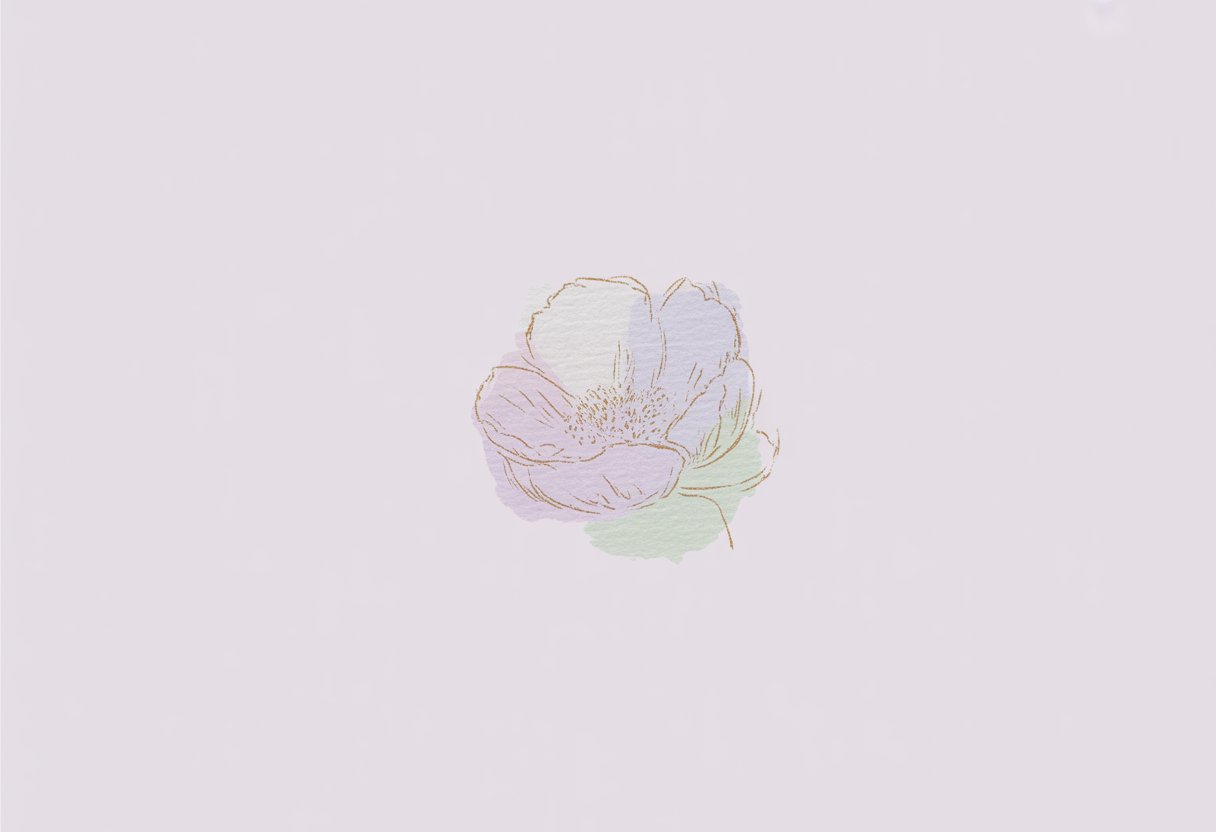
Painting with watercolors is not about perfection. The soft, flowing colors make flowers look light and natural, and even small mistakes can look good. With some guidance and practice, anyone can improve their skills and paint their own floral art.
There are step-by-step guides and video lessons for every level, so everyone can find helpful tips whether they are just starting out or looking to build on what they already know. Learning to paint watercolor flowers is both fun and a great way to practice new artistic techniques.
Getting Started With Watercolor Flowers
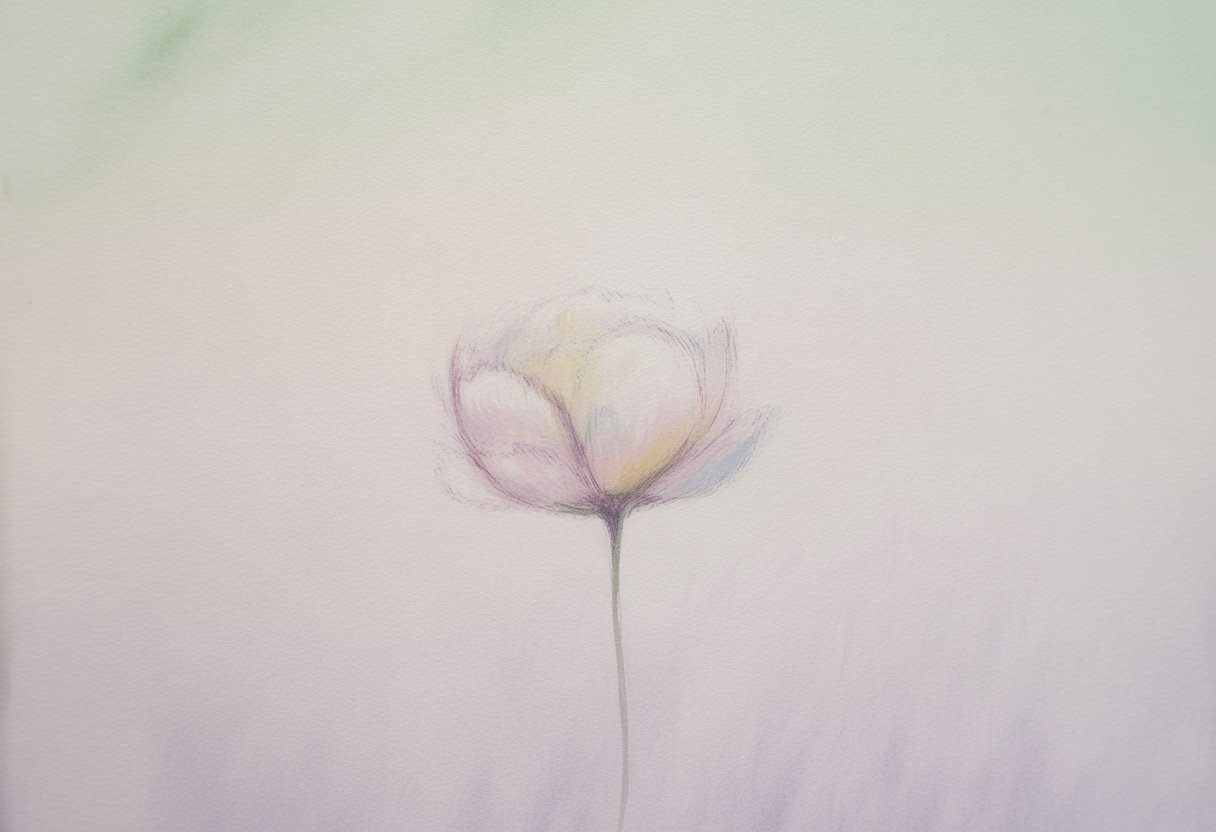
When learning watercolor painting, the right supplies make a big difference. Artists should start with a few basic watercolor brushes, tubes or pans of paint, and a cup of water. Choosing high-quality watercolor paper is important, as it helps colors blend and prevents tearing.
A simple list of basic watercolor supplies includes:
- Medium and small brushes (sizes 1, 4, 8)
- Watercolor paints (tubes or pans)
- High-quality watercolor paper (140 lb/300 gsm preferred)
- Water cup and mixing palette
- Paper towel or clean rag
Watercolor paper comes in different types, like hot-pressed or cold-pressed. Beginners often find cold-pressed paper more forgiving because it has some texture and holds water well.
Before painting, it helps to sketch the outline of the flowers lightly with a pencil. This acts as a guide and keeps the painting organized.
Many start with easy watercolor techniques like wet-on-wet and wet-on-dry. Wet-on-wet creates soft, blended petals. Wet-on-dry gives sharper edges, which can help define flower shapes.
Mistakes are common for beginners, but watercolor is a flexible medium. Artists can lift some color with a clean, damp brush or even blot gently with a paper towel.
Experimenting with colors and brushstrokes lets beginners see how watercolors behave. With practice, they gain more control and start creating more lifelike and beautiful watercolor flowers.
Essential Watercolor Supplies
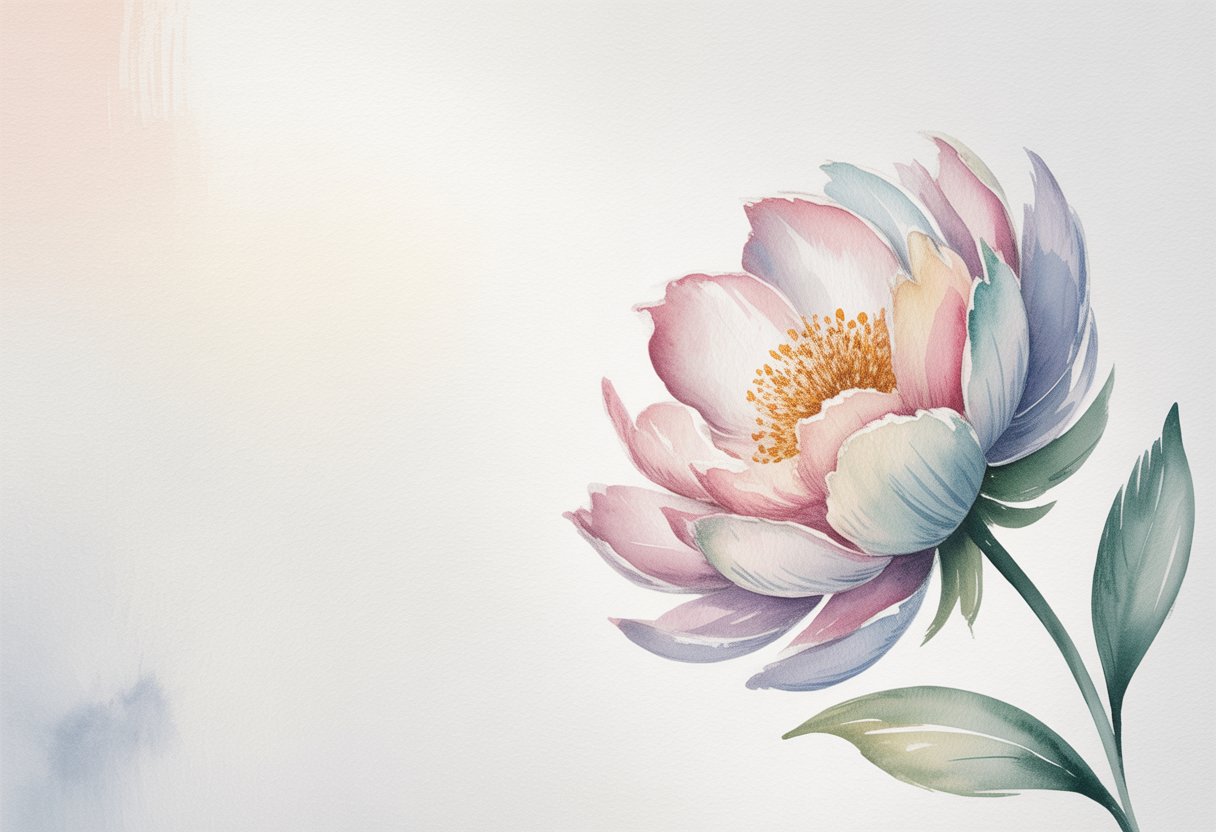
To start painting watercolor flowers, artists need some basic supplies. These supplies help create smooth washes, fine lines, and bright colors. Choosing the right tools can make painting easier and more enjoyable.
A basic watercolor painting kit should include:
- Watercolor paints (either tubes or pans)
- Watercolor brushes (round brushes in sizes 6 and 12 are great for beginners)
- Watercolor paper (140 lb or heavier is recommended)
- Palette (for mixing colors)
- Two jars of water (one for cleaning brushes, one for fresh water)
- Paper towels or a cloth (to blot brushes and control water)
| Supply | Purpose | Tips |
|---|---|---|
| Watercolor paints | Add color | Student-grade sets are budget-friendly |
| Brushes | Control paint and detail | Synthetic or natural hair both work |
| Watercolor paper | Absorb paint and water | Heavier paper prevents buckling |
| Palette | Mix paint and water easily | Plastic or ceramic can be used |
| Jars of water | Clean and moisten brushes | Use two jars: one clean, one dirty |
| Paper towels/cloth | Blot excess water or paint | Keeps work tidy |
Artists may also want a pencil for sketching outlines and an eraser for corrections. Good supplies help beginners learn key techniques like wet-on-wet and layering, which are important for painting flowers. Quality materials reduce frustration and support learning.
Choosing the Right Watercolor Paper
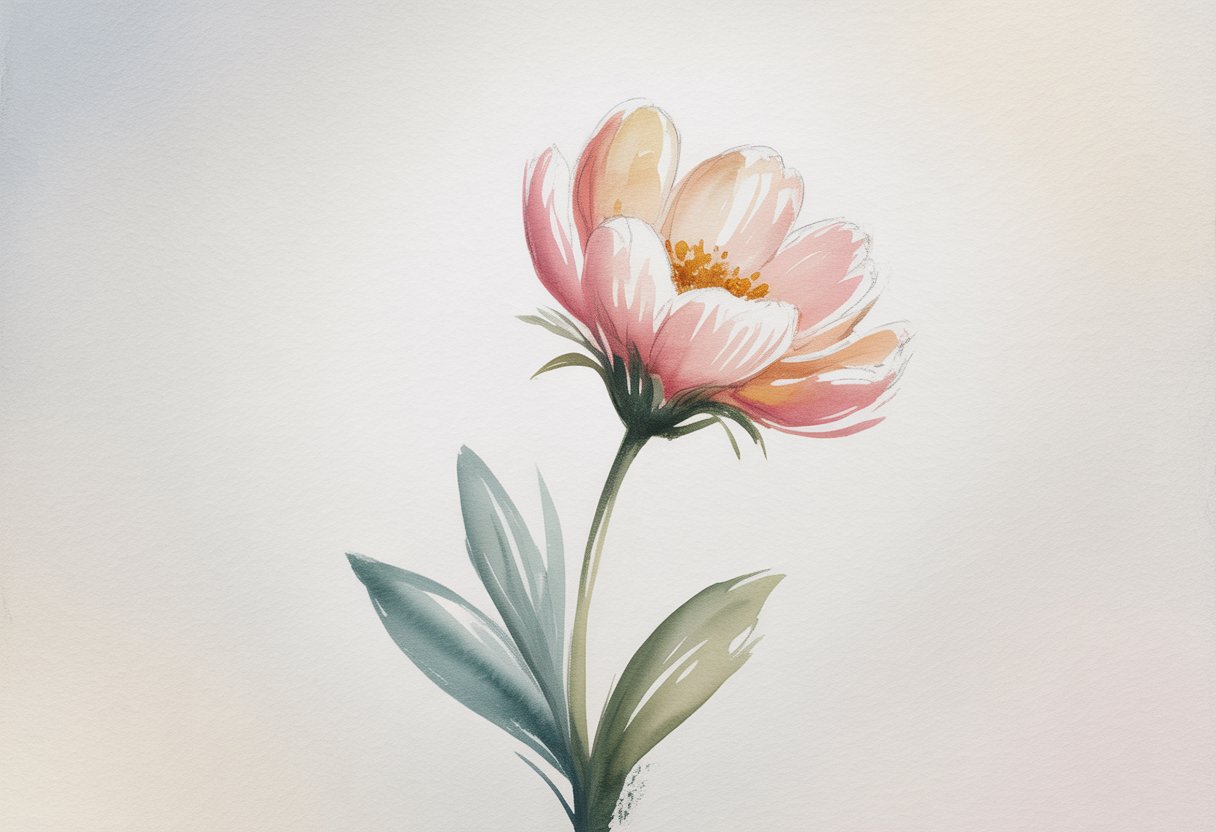
Picking the correct watercolor paper makes a big difference for flower painting. The paper affects how paint spreads, blends, and dries. Beginners and experts both benefit from understanding their options.
Watercolor paper comes in three main textures:
| Texture | Features | Best For |
|---|---|---|
| Hot Press | Smooth surface, less texture | Fine details, smooth washes |
| Cold Press | Slightly bumpy, most common choice | Versatile, flower painting |
| Rough | Heavily textured, pronounced grain | Loose, textured effects |
Paper weight is another key factor. Most watercolor papers are 140 lb (300 gsm), which works well for most painting styles. Heavier paper (like 300 lb) resists warping and does not need to be stretched.
Material matters too. Good-quality watercolor papers are made from 100% cotton. They absorb water evenly and allow colors to blend softly. Cheaper papers, usually made from wood pulp, may buckle or cause colors to look dull.
Beginners may want to start with cold press, 140 lb, 100% cotton paper. It gives artists control and flexibility without being too difficult to use.
Tip: Testing small sheets or sample pads can help find the favorite surface for painting flowers.
Basic Watercolor Techniques for Flower Painting
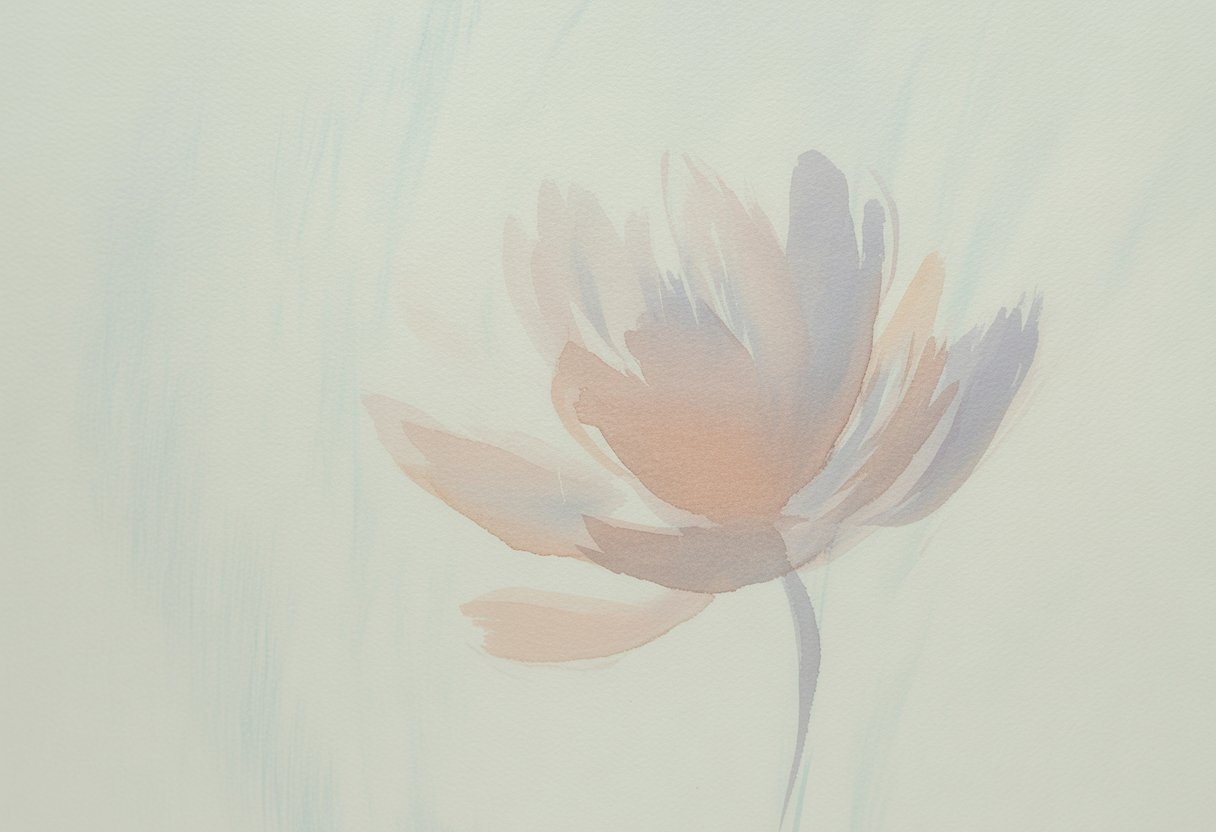
When painting watercolor flowers, beginners should start with simple shapes and light sketches. Many artists break flowers down into basic forms like circles or ovals before adding detail.
A common technique is the wet-on-wet method. In this process, water is applied to the paper, then color is dropped in. This creates smooth petals and soft blends. It works well for painting roses and peonies.
Another helpful approach is the wet-on-dry technique. Here, paint is brushed onto dry paper. This helps make sharper edges and fine lines, perfect for leaves and small stems.
Layering is also important. Painters let each layer dry before adding more color. This builds depth and keeps colors from becoming muddy.
Below is a table of basic techniques most beginners use:
| Technique | Result | Common Use |
|---|---|---|
| Wet-on-Wet | Soft, blended edges | Petals and backgrounds |
| Wet-on-Dry | Crisp, sharp shapes | Stems and veins |
| Layering | Rich, vivid colors | Shadow and depth |
| Lifting | Remove or lighten color | Highlights on petals |
Artists often use a round brush for most flower shapes. Flat brushes may help with larger leaves. Using lighter shades first sets a base before darker accents are added.
It’s important to experiment with brush angles and pressure. Small changes can give each petal or leaf a unique look. This keeps flowers natural and lively.
Step-By-Step Guide to Painting Watercolor Flowers
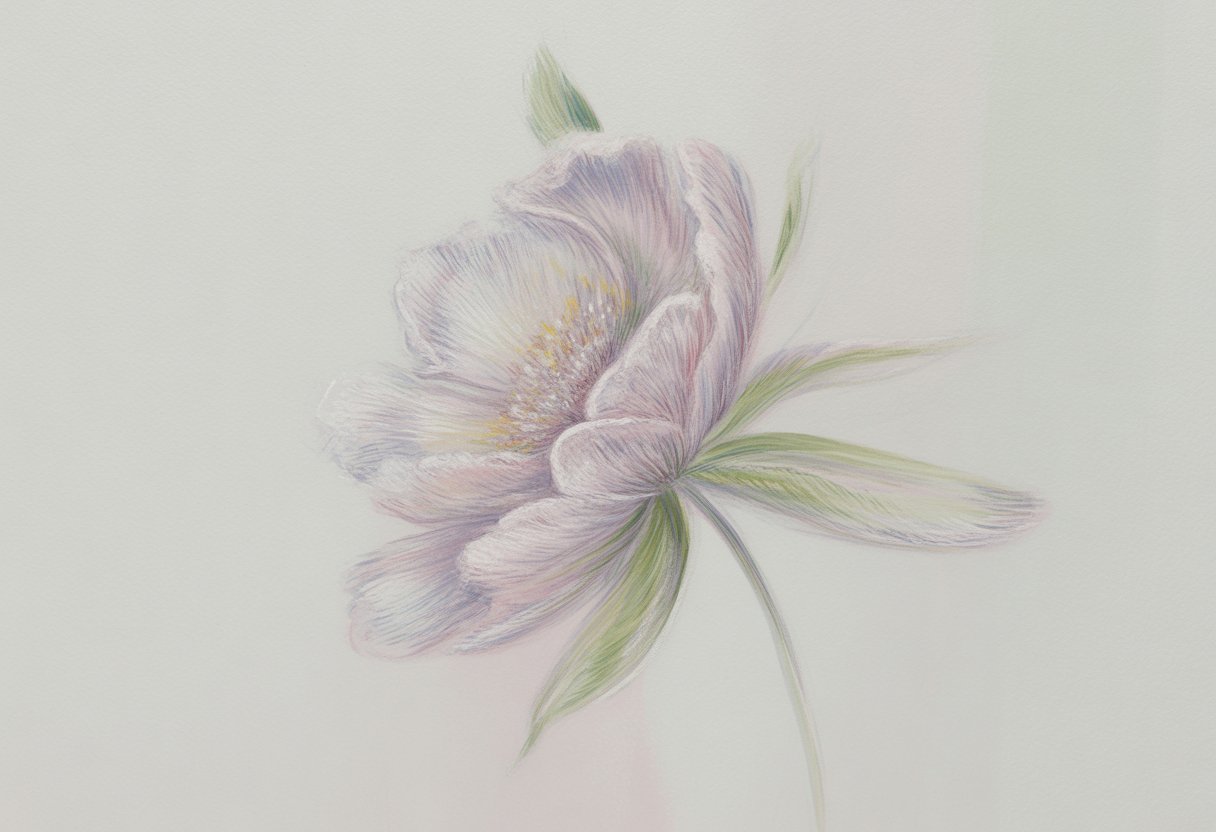
Anyone can start painting flowers with watercolor by building a strong foundation in shape, exploring loose techniques, and arranging blooms into pleasing designs. The process is friendly for beginners and allows for creative expression at any skill level.
Breaking Down Flowers Into Simple Shapes
Most flower painting starts by observing real or reference flowers and sketching their basic shapes. Florists and artists often focus on the main forms first, such as circles for flower heads, ovals for petals, and lines for stems.
A simple table for shape breakdown:
| Flower | Basic Flower Shape | Details to Add |
|---|---|---|
| Rose | Circle/Spiral | Layered Petals |
| Tulip | Oval/Egg Shape | Curved Petal Edges |
| Daisy | Central Circle | Long Thin Petals |
Outlines should be very light so they do not show through the paint. Using a pencil, a painter can adjust the size and position of each flower until the composition feels balanced. Building up from shapes makes the rest of the process easier and less stressful.
Exploring Loose Watercolor Styles
Loose watercolor is a popular style for painting easy watercolor flowers. This technique relies on soft brush strokes, minimal detail, and allowing the colors to blend naturally on the paper.
Painters often wet the paper first, then drop in pigment while it’s still damp. This helps the paint flow and creates soft edges for petals and leaves. Key supplies include a round brush, pan or tube watercolors, and heavyweight watercolor paper.
Artists in the garden studio might experiment with the pressure of the brush for different petal effects. Mistakes are less noticeable with this method, and layering light washes creates depth without strict outlines. This style is relaxing and ideal for quick floral watercolor sketches.
Composing a Floral Watercolor Piece
Arranging multiple flowers in one painting is called a floral composition. The placement of blooms, stems, and leaves affects the flow of the finished artwork.
Many artists begin by planning where the biggest flowers will go, then filling in smaller blossoms and foliage around them. Some use pencil guidelines, while others rely on intuition and adjust as they paint. Overlapping petals and varied sizes help create a natural look.
They use techniques like wet-on-wet for soft backgrounds and wet-on-dry for crisp flower edges. Adding shadows under the blooms with a light gray or blue wash makes the painting look more three-dimensional. Careful attention to composition turns simple shapes and washes into a complete watercolor bouquet.
